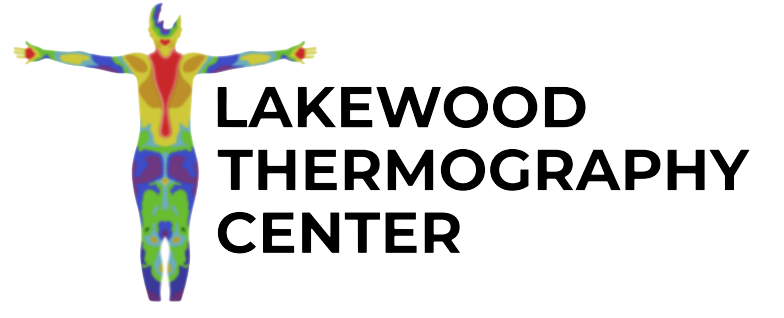MEDICAL THERMOGRAPHY
What is Medical Thermography?
Medical Thermography is a whole body analysis for assessing skin surface temperatures that can be correlated by a physician to assess for abnormal physiology. Uses for thermography are similar to that of an oral thermometer, a stethoscope, or any other medical test that assesses patient function. There are several type of medical devices used by the medical thermologist. These include contact sensors, infrared cameras, and point analysis systems. The most technical and advanced system is the infrared thermal camera which is the choice technology of Breast Thermography International and the Professional Academy of Clinical Thermology. Infrared cameras measure radiation in the infrared electromagnetic emission that the human body emits. The sensors on the thermal camera read varying degrees of infrared emittance and through proper calibration, translates it in to a temperature reading. The information is then plotted in a digital format in a color palette. The most commonly used palette is the full spectrum rainbow (ROYGBIV) which shows hot measurements as red and white and cold measurements as magenta and black. These patterns are then analyzed and physiological assessments are made.

This image shows a compilation of the full body from separate images taken of each region. Medical Thermography analyzes skin surface temperatures and a trained thermologist can interpret areas that need further clinical evaluation.
FDA – Cleared Adjunctive Applications of Medical Thermography Include:
- Breast cancer screening
- Thyroid pathology
- Cerebrovascular screening
- Peripheral vascular disorders
- Neuromuscular conditions
Medical Thermography in a clinical setting may aid the doctor to detect:
- Systemic conditions
- Infection
- Inflammation
- Toxicity
- Dysfunction of the lymphatic system
- Testicular disorders
- Any disease that may increase or decrease skin surface temperatures

